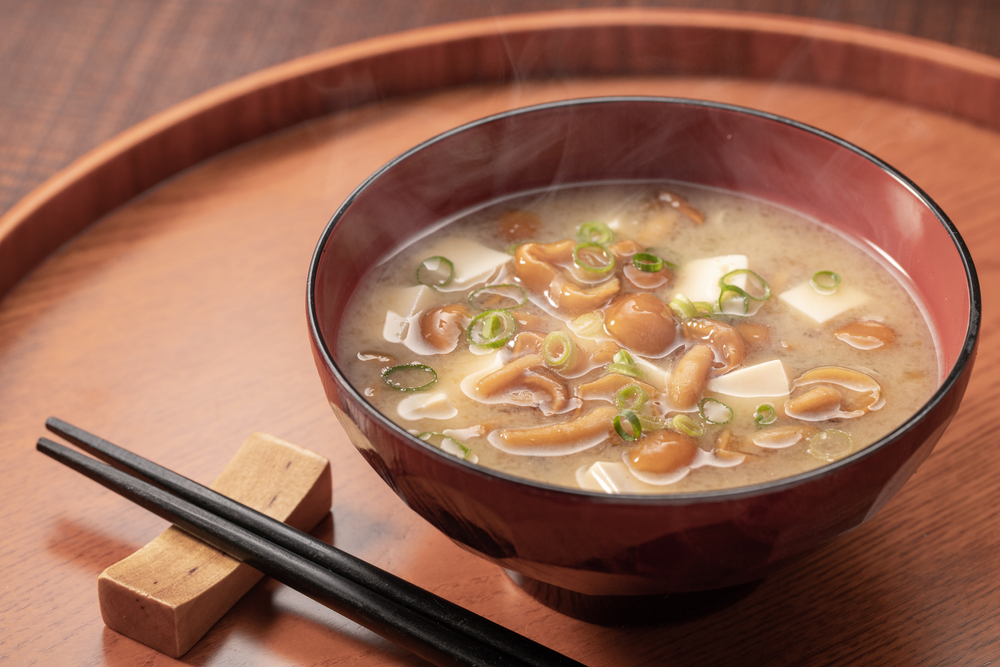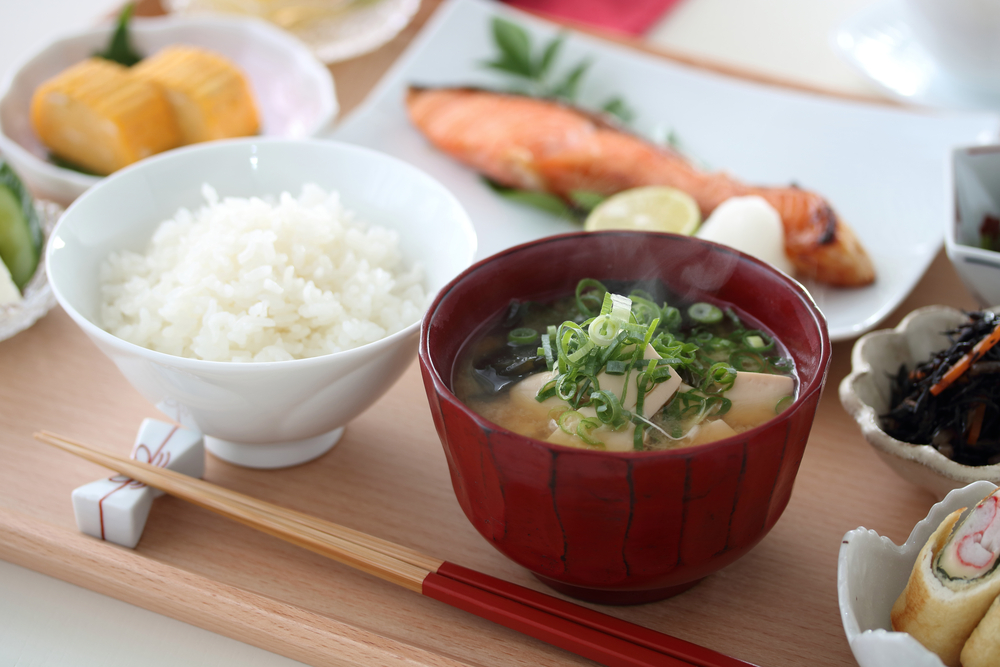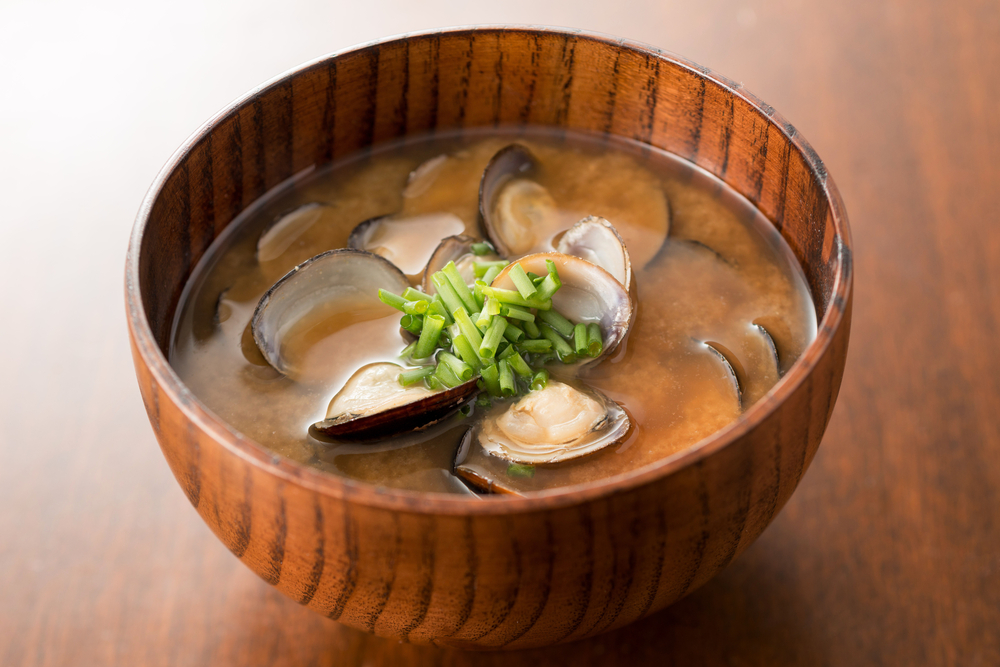


In Japan, a popular saying goes, “No need for a doctor when you have miso.” Miso holds a special place in the hearts of the Japanese. According to the latest statistics released by the Ministry of Health, Labor, and Welfare in Japan, the population of centenarians in Japan exceeded 90,000 in 2022, with an increase of 4,016 individuals reaching age 100 or older compared to the previous year.
Is miso truly beneficial for the body? According to Dr. Shu Rong, a senior traditional Chinese medicine (TCM) practitioner from the UK, the secret to the health benefits of miso lies in its kidney-protecting properties. However, it is crucial to follow proper consumption methods, as incorrect practices can harm health.
Shu stated that the key to longevity lies in the kidneys. In TCM, it is believed that the kidneys store essence, representing an individual’s innate vitality. Additionally, the kidneys play a dominant role throughout one’s life. Therefore, foods that promote kidney health are thought to benefit longevity.
The primary ingredient in miso is soybean. According to Shu, in TCM, the Five Grains (rice, millet, barley, wheat, and soybean) are believed to correspond to five different viscera, with soybeans associated explicitly with the kidneys. Therefore, there is some basis for the connection between miso and longevity.
However, Shu pointed out an issue with soybean products: They are not easily absorbed by the digestive system. Consequently, consuming excessive amounts of soybean products may result in gastrointestinal discomforts, such as bloating, abdominal pain, belching, and flatulence. So how can we effectively incorporate kidney-nourishing legumes into our diet while avoiding these problems?
Shu explained that the key lies in fermenting the soybeans. During the fermentation process, microorganisms break down large molecules into smaller ones. This not only resolves the issue of poor absorption but also enhances digestion and increases appetite. It is worth noting that Harvard Medical School also recommends miso as a beneficial food for the gut.
Miso has a history of over a thousand years in Japan, and its fermentation can be categorized into three different types:
- Kome miso: Made by fermenting soybeans with rice koji, it accounts for over 80 percent of miso production in Japan.
- Mugi miso: Made by fermenting soybeans with barley koji
- Mame miso: Made by fermenting only soybeans
Shu highlighted three key factors of high-quality miso:
- Natural soybeans: Nowadays, most soybeans are cultivated using fertilizers or genetically modified methods, resulting in limited availability of naturally grown soybeans. Utilizing high-quality raw materials is a critical factor in producing excellent miso.
- Clean production environment: The fermentation process of soybeans requires the utmost cleanliness. The presence of any bacteria contamination will ruin the miso.
- Diligence and patience during the fermentation process: The fermentation process should be approached with a sense of ritual, accompanied by patience and a devoted mindset. Sealing and fermenting cannot be rushed; otherwise, it will not yield high-quality miso.
In addition to promoting longevity, can regular consumption of miso truly boost immunity, combat aging, and fight cancer?
To answer the question, Shu explained that this can be understood from several perspectives. According to TCM, strong qi and blood circulation are closely associated with a robust immune system. Miso, known for its ability to tonify the spleen and stimulate appetite, can aid digestion and absorption of nutrient-rich foods. This, in turn, facilitates the conversion of nutrients into qi and blood, which are then transported to various organ systems in the body. As a result of improved qi and blood circulation, the immune system is also strengthened.
In TCM, qi is regarded as the “energy” or “vital force” that constitutes the basis of life within the body, while substances that nourish the body internally are collectively called blood. Qi and blood are intricately connected, circulating throughout the body, nourishing the organs and tissues, and supporting vital physiological functions. When there is an imbalance or deficiency of qi and blood in the body, diseases or other health issues may develop.
Shu also highlighted the kidneys’ significant role in the context of aging. According to the renowned Chinese medical text, “The Yellow Emperor’s Classic of Internal Medicine,” kidney qi diminishes by half after age 40. Therefore, protecting kidney qi becomes crucial in the pursuit of delaying the aging process and promoting longevity.
TCM believes that “decay enters the kidneys,” and fermentation is considered a form of decay. Miso, as a fermented food, can protect and nourish kidney qi (or kidney energy) when consumed in moderate amounts. However, excessive consumption may potentially hurt kidney qi.
As for miso’s anti-cancer potential, Shu believes the claim is somewhat exaggerated. In fact, research has indicated that excessive consumption of miso can increase the risk of developing cancer.
A 2016 study published in the Journal of Epidemiology showed that participants who consumed at least three bowls of miso soup daily had an approximately 60 percent higher risk of developing gastric cancer than those who consumed less.
Shu advises against extremes and advocates for consuming miso in moderation. Being mindful of the potential issues arising from excessive intake is crucial.
Shu further emphasized that miso is a supplemental rather than a staple food. Both individuals with high blood pressure and those who are relatively healthy are advised to avoid excessive consumption of miso.
It is worth noting that miso has a high salt content, so reducing the salt used when cooking with miso is advisable. This helps prevent excessive sodium intake. Shu recommends adjusting the seasoning by tasting the dish while cooking, allowing for better control of the amount of miso and salt used.
Shu emphasized the importance of maintaining a balanced diet for individuals with different health conditions. For example, individuals with high blood pressure should be cautious about their sodium intake, including the amount of miso they consume. Similarly, people with gout should stick with a modest intake, but that does not mean complete avoidance of miso. Instead, they can enhance flavor and nutritional balance by incorporating a moderate amount of miso as a vegetable seasoning, promoting overall health.
Shu stated that miso is a fermented food that contains active probiotics beneficial to gut health. Therefore, when making miso soup, using high temperatures is not recommended. Instead, the temperature should be between 40 and 50 C (104 and 122 F).
Shu’s suggested preparation method:
- Mix miso with water in a ratio of 1:10.
- Add the miso mixture to the soup (after it has cooled down) and stir thoroughly.




